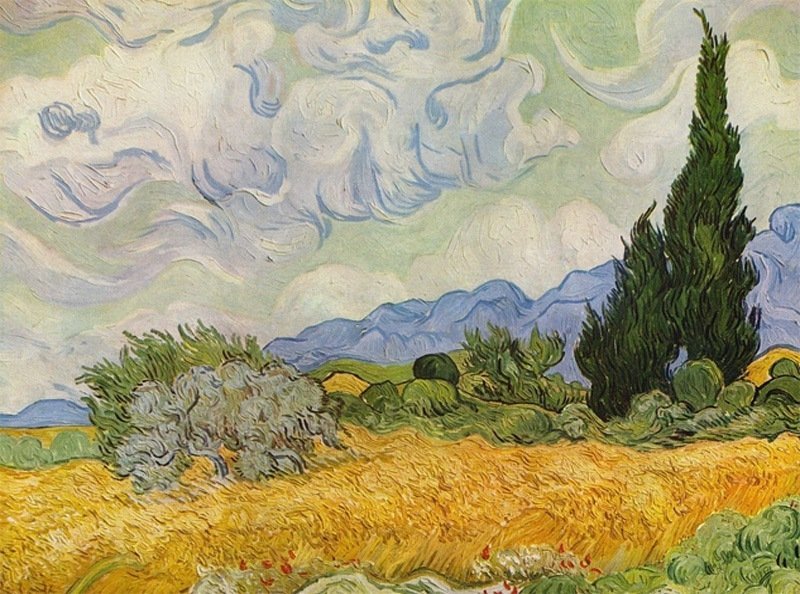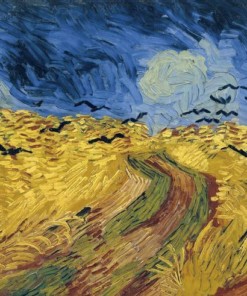Sale!
Wheat Field with Cypresses
$289 – $519
Wheat Field with Cypresses Oil Painting Reproduction
- 100% Handpainted in Oil on Canvas
- Highest Quality Materials
- European Quality Oil Paints
- European Quality Canvases
- Impasto Painting Technique (thick color)
We will send you a digital photo of your completed artwork for acceptance before delivery to ensure Satisfaction.
The original artwork by Vincent van Gogh was created in 1889.
Estimated Delivery Date June 1, 2024
Secure
Checkout
Satisfaction
Guarantee
Express
Shipping

 Deutsch
Deutsch





















David Nelson –
A big Thank You to Gallery La Fayette and their fabulous artist!
I more than very happy with the paintings I ordered. Once I have them back framed and hanging on my walls, I will send you photos.
Many thanks again, for your fantastic work!